10 Simply Beautiful Front Yard Landscaping Ideas to Wow Your Neighbors
This post may contain affiliate links which might earn us money. Please read my Disclosure and Privacy policies hereCreating a beautiful outdoor space doesn’t have to be expensive. With the right front yard landscaping ideas, you can transform your home’s curb appeal while sticking to a budget. Whether you're looking for simple ways to upgrade your yard, like adding colorful flowers, installing edging, or incorporating outdoor lighting, these ideas will help you create a welcoming and polished look.
Many homeowners search for affordable front yard landscaping ideas to enhance their property without hiring a professional. This guide focuses on low-maintenance, budget-friendly landscaping solutions that are perfect for beginners. Whether you're updating a small space or making over a large front yard, these Pinterest-friendly ideas will help you design an inviting and stylish outdoor area.
Front Yard Landscaping Ideas
Front yard landscaping is the process of designing and arranging plants, pathways, lighting, and decorative elements to enhance the appearance of the space in front of a home. A well-planned front yard not only improves curb appeal but also creates a welcoming atmosphere and increases property value. Thoughtful landscaping can make a home look more polished, inviting, and visually balanced while also offering functional benefits like better drainage, shaded areas, and defined walkways.
The cost of front yard landscaping can vary widely depending on the size of the yard, the materials used, and whether a professional landscaper is hired. However, many budget-friendly landscaping ideas allow homeowners to create a stunning front yard without spending a fortune.
Simple upgrades like adding mulch, planting perennials, installing solar lights, or using repurposed materials for edging can make a big impact without a high price tag. By choosing low-maintenance, cost-effective landscaping solutions, homeowners can enjoy a beautiful yard that requires minimal upkeep while still making a lasting impression.
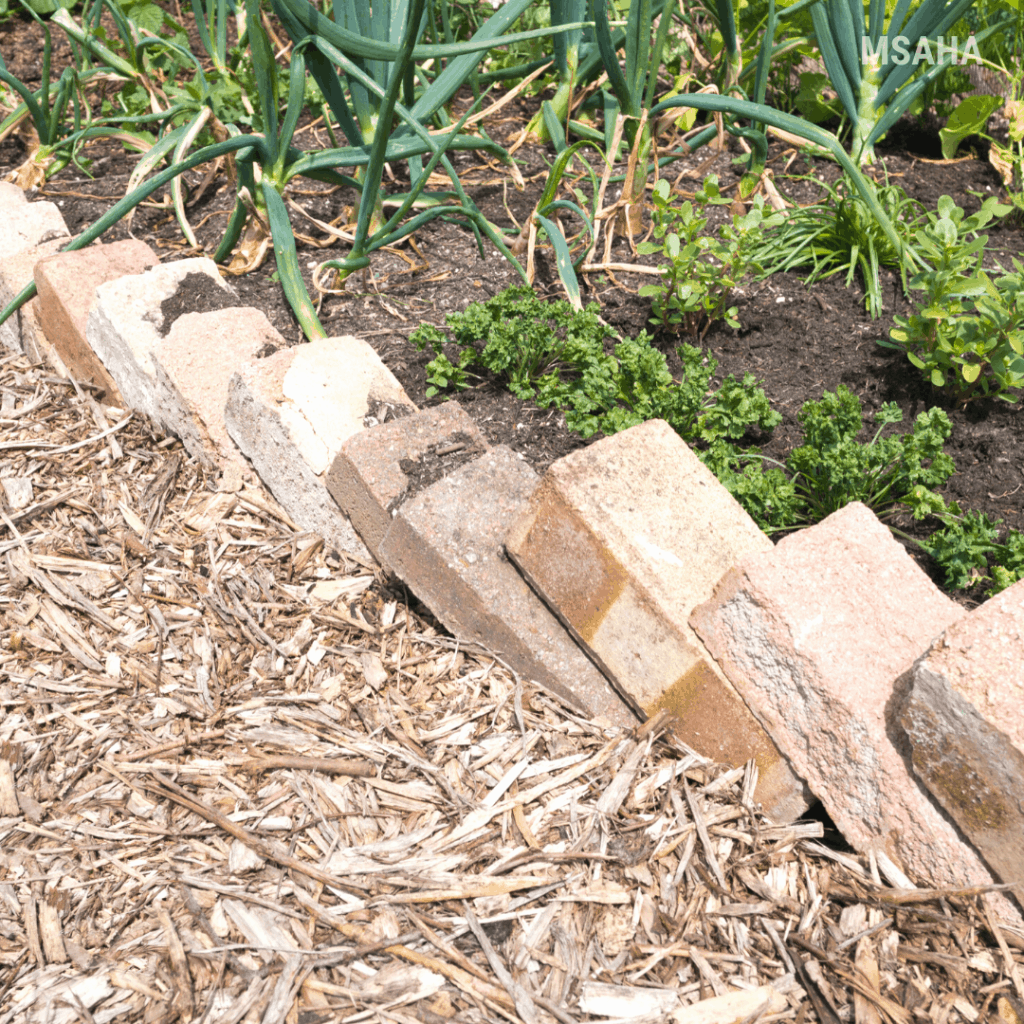
1. Simple Flower Bed Edging for a Clean, Polished Look
A well-defined flower bed instantly makes a yard look put together. Without proper edging, grass can creep into flower beds, and soil may spill onto the lawn. Adding a defined border keeps everything in place while giving a professional finish to landscaping. Some edging options are flexible and easy to install, while others require a bit more effort but provide long-lasting results. Using materials like stone, brick, or natural wood can help edge a garden bed naturally, creating a seamless and polished look.
Best Affordable Flower Bed Edging Options
| Edging Type | Pros | Estimated Cost | Ease of Installation |
|---|---|---|---|
| Metal Edging (Steel/Aluminum) | Sleek and nearly invisible | $1.50–$3 per foot | Moderate |
| Plastic Edging | Flexible and budget-friendly | $0.75–$2 per foot | Easy |
| Paver Edging | Decorative and long-lasting | $2–$4 per paver | Moderate to Difficult |
| Raised Stone Edging | Creates clear borders and structure | $3–$10 per stone | Difficult |
Easiest No-Dig Edging for Beginners
No-dig landscape edging is one of the simplest options to install. It lays around the flower bed and is secured with rods that are pounded into the ground. Rubber edging is another simple alternative that is flexible and easy to shape. Fence edging provides a decorative look with minimal installation effort.
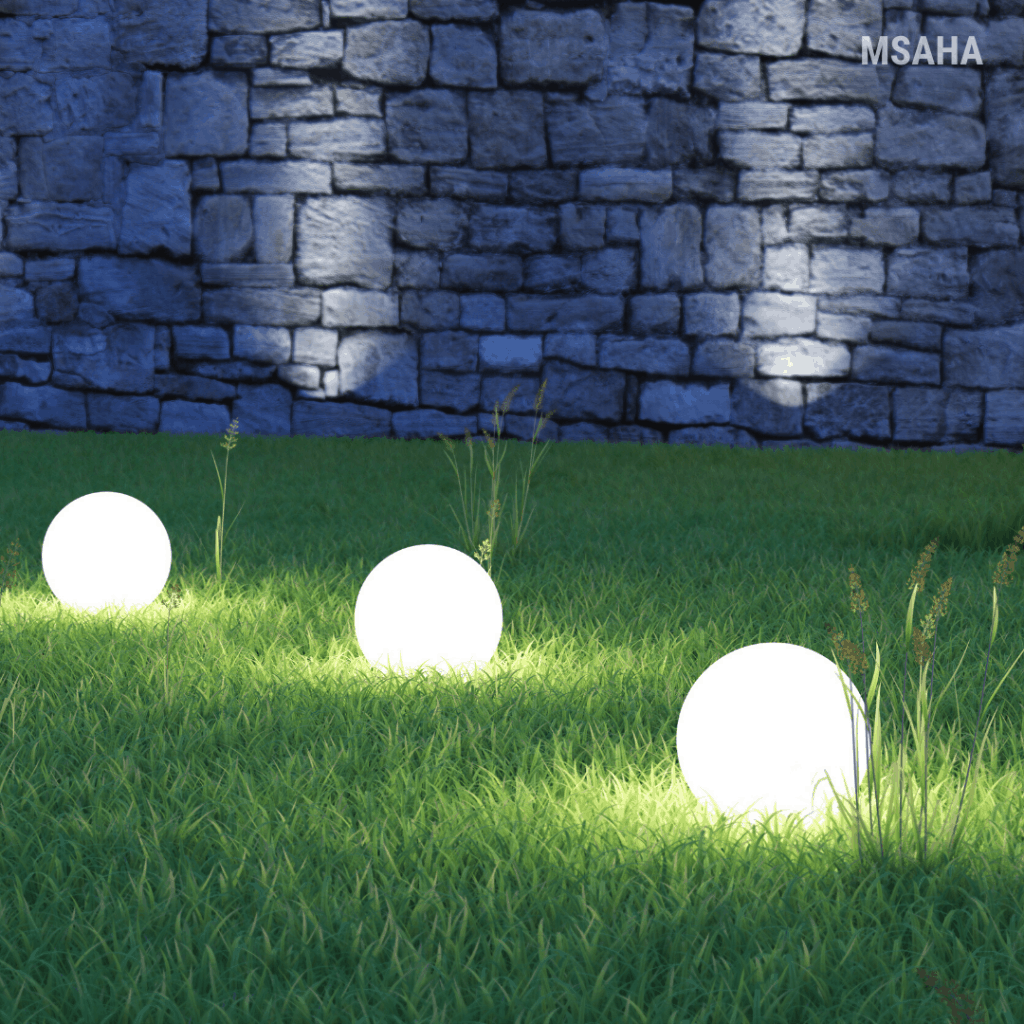
2. Outdoor Lighting Ideas for a Cozy & Elegant Yard
Outdoor lighting doesn’t just make a home look inviting—it also enhances security and highlights landscaping features. Many affordable landscape lighting solutions don’t require an electrician and can be installed in minutes.
Where to Place Outdoor Landscape Lights
- Highlight the House: Placing lights in front of bushes or walls emphasizes architectural details.
- Pathway Lighting: Staggering small solar or LED lights along walkways provides both safety and charm.
- Accent Lighting: Spotlights behind plants or under trees add depth and drama to the yard.
Affordable Lighting Options
| Lighting Type | Pros | Estimated Cost | Installation Effort |
|---|---|---|---|
| Solar Path Lights | Energy-efficient, no wiring needed | $10–$50 per set | Easy |
| String Lights | Affordable and stylish | $20–$50 per set | Easy |
| DIY Lanterns | Mason jars with battery-operated fairy lights | $5–$15 per jar | Easy |
For best results, mix different types of lighting to create layers of brightness and shadow, which add depth and interest to the yard at night.
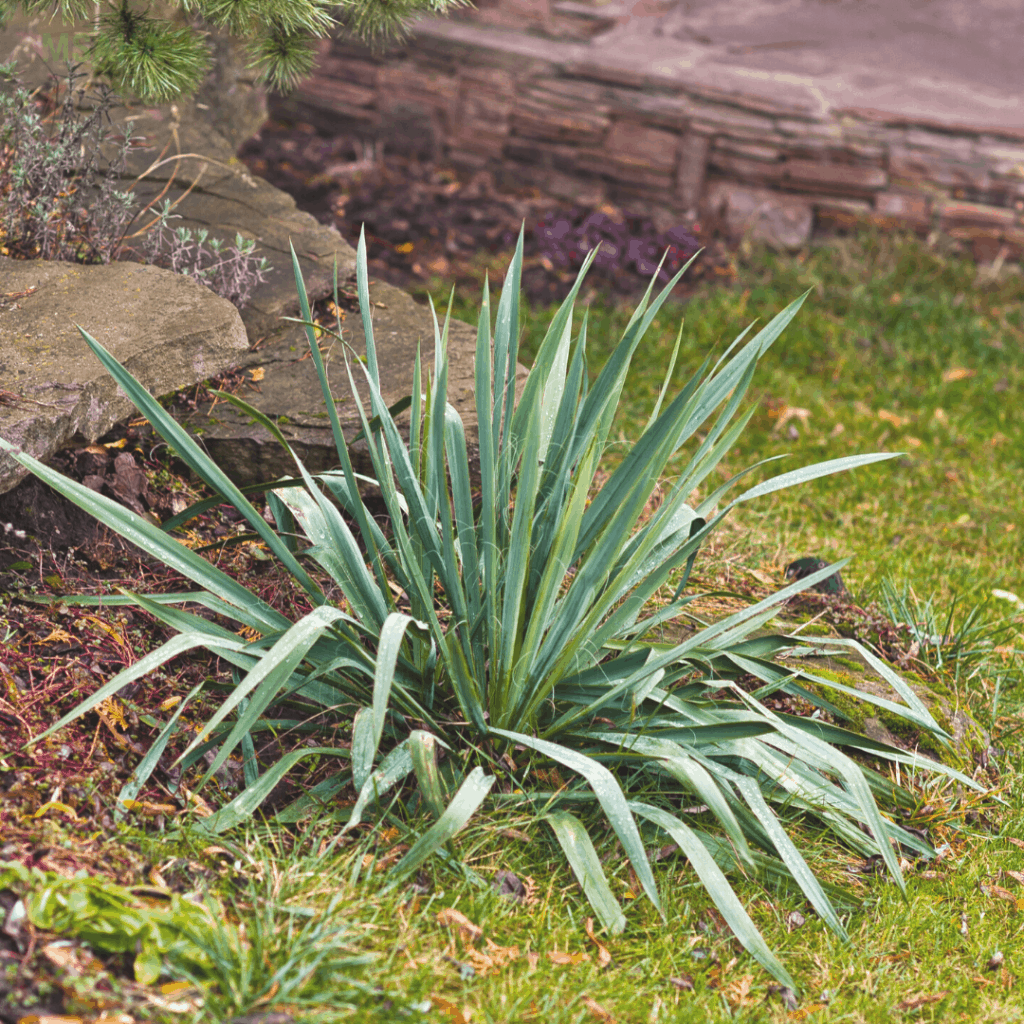
3. Lilyturf: A Low-Maintenance Ground Cover
Lilyturf, also known as monkey grass or liriope, is a versatile and budget-friendly plant that enhances the beauty of any front yard. It is commonly used as ground cover along sidewalks, driveways, and garden beds because of its dense, grass-like foliage that creates a lush, polished look with minimal maintenance. Unlike traditional grass, lilyturf is drought-resistant, evergreen, and can thrive in a variety of conditions, making it perfect for homeowners looking for a low-maintenance landscaping solution.
Why Lilyturf is a Great Landscaping Option
One of the main benefits of lilyturf is its hardy nature. It withstands harsh weather, poor soil conditions, and even moderate foot traffic. Whether you're trying to cover bare spots in your yard, reduce erosion on a slope, or create a defined garden edge, lilyturf can be a cost-effective and attractive solution.
| Lilyturf Benefits | Details |
|---|---|
| Perennial | Returns year after year without needing replanting. Ideal for reducing landscaping costs over time. |
| Low Maintenance | Requires little care—occasional trimming in early spring helps keep it neat. Can grow in both full sun and shade. |
| Drought-Resistant | Survives on minimal water once established, making it perfect for dry climates or water-conscious gardeners. |
| Soil Control | Its thick root system helps prevent soil erosion on slopes or uneven landscapes. |
| Pest and Disease Resistant | Unlike traditional grass, lilyturf is highly resistant to pests, fungal diseases, and common lawn problems. |
| Seasonal Interest | Produces small, purple or white flowers in late summer, adding subtle color to your yard. In fall, it may develop dark berries that attract birds. |
How to Grow and Care for Lilyturf
- Planting location: Lilyturf thrives in both full sun and partial shade, making it a great option for areas where grass struggles to grow.
- Soil requirements: Tolerates a wide range of soils, from sandy to clay-heavy. Prefers well-drained soil but can survive in less-than-ideal conditions.
- Watering needs: Requires regular watering when first planted, but once established, it is highly drought-tolerant.
- Spacing: Plant lilyturf 12 to 18 inches apart to create a dense, carpet-like ground cover.
- Maintenance: Trim back old foliage in early spring to encourage fresh, new growth. Can be divided every few years to expand its coverage.
Where to Use Lilyturf in Your Landscaping
- Along walkways and driveways: Helps soften hard edges and creates a defined, polished border.
- As a lawn alternative: Great for areas where traditional grass struggles to grow, like shady spots or dry soil.
- Under trees and bushes: Adds greenery where other plants might struggle due to low light or competition for nutrients.
- On slopes and hills: Prevents soil erosion and stabilizes uneven land.
- Mixed with flower beds: Acts as a backdrop to brighter flowers or taller ornamental plants.
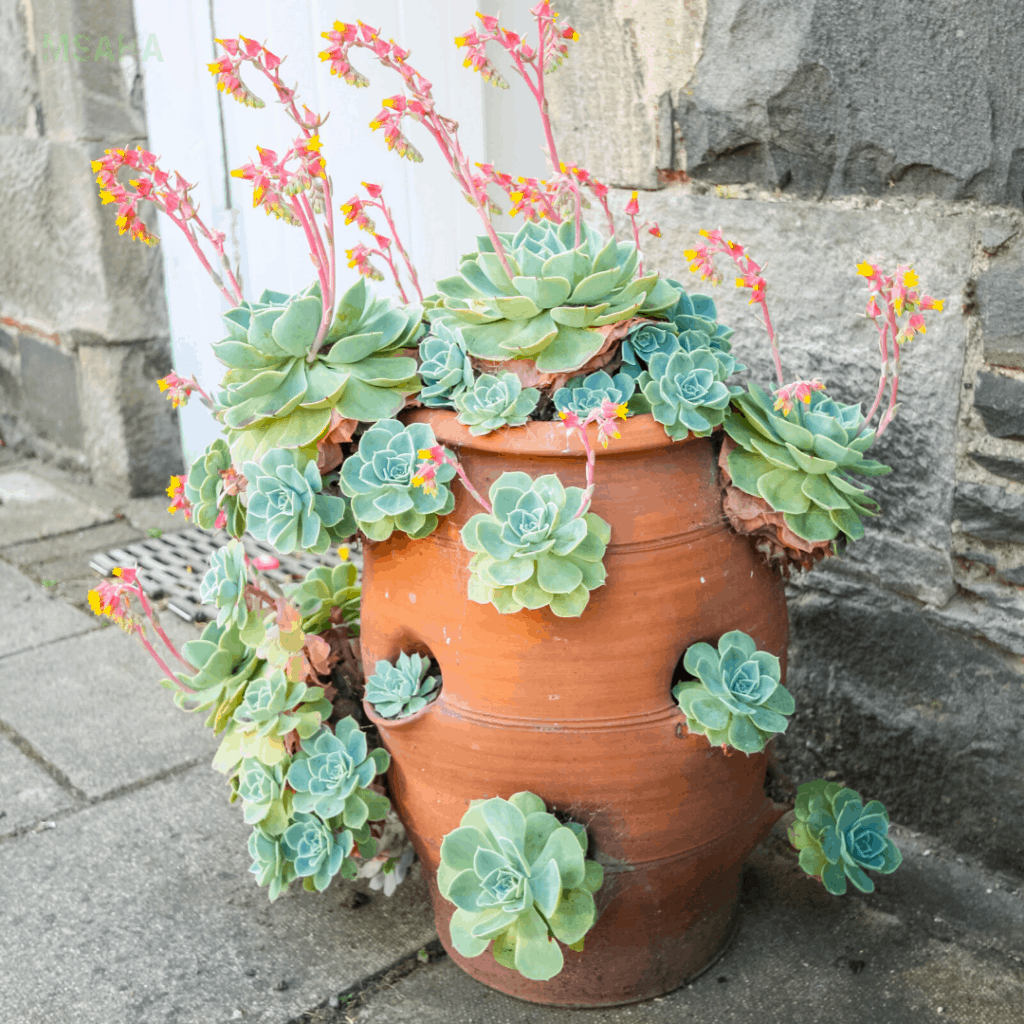
4. Succulents: Stylish, Drought-Resistant Plants
Succulents are an excellent option for homeowners looking for affordable, low-maintenance plants that thrive in various conditions. These plants store water in their thick leaves, making them highly drought-resistant and perfect for areas with limited rainfall or homeowners who don’t want to spend a lot of time watering.
Succulents add a modern touch to landscaping and are available in a variety of colors, textures, and shapes. They can be used in different ways to enhance curb appeal, whether in rock gardens, container gardens, or as ground cover in sunny areas.
Why Succulents Are a Great Budget-Friendly Landscaping Choice
- Low Water Needs: Succulents require minimal watering, which reduces your water bill. Once established, they can survive on occasional rain or light watering.
- Minimal Maintenance: Unlike traditional plants that need frequent trimming, fertilizing, or replanting, succulents grow slowly and require little upkeep.
- Affordable & Easy to Propagate: Many succulents can be propagated by simply cutting off a leaf or small section of the plant and replanting it. This means you can start with just a few succulents and grow more for free over time.
- Versatile Placement: They can thrive in pots, garden beds, between stepping stones, or in decorative arrangements.
- Thrives in Poor Soil: Unlike many flowers and shrubs that need nutrient-rich soil, succulents do well in sandy, rocky, or dry soil, making them ideal for tough landscaping areas.
Best Succulents for the Front Yard
| Succulent Type | Size | Care Needs | Estimated Cost |
|---|---|---|---|
| Echeveria | Small | Low | $5–$10 per plant |
| Jade Plant | Medium | Low | $10–$20 per plant |
| Hens & Chicks | Small | Very Low | $5–$15 per cluster |
How to Plant and Care for Succulents
If you’re new to growing succulents, follow these simple steps to save money and ensure success in your front yard landscaping:
- Choose the Right Location – Succulents need at least 6 hours of direct sunlight daily. If your front yard has shady areas, opt for varieties like jade plants that tolerate lower light.
- Use Well-Draining Soil – Regular garden soil holds too much moisture, which can rot succulents. Instead, use cactus or succulent mix or make your own by mixing sand, perlite, and potting soil.
- Water Sparingly – Water succulents once every 1-2 weeks. Always allow the soil to dry completely between waterings to prevent root rot.
- Avoid Overcrowding – When planting succulents, space them at least 6 inches apart to allow room for growth and good airflow.
- Protect in Cold Weather – If you live in a region with freezing winters, plant succulents in containers that can be moved indoors or choose cold-hardy varieties like hens and chicks.
Where to Use Succulents in Landscaping
- Rock Gardens: Create a stunning low-maintenance garden by mixing succulents with pebbles and decorative stones.
- Container Gardens: Use pots, hanging baskets, or repurposed planters to display succulents near your entryway.
- Walkways & Borders: Plant succulents between stepping stones or along sidewalks for an elegant and modern look.
- Mixed with Flowers: Pair succulents with colorful perennials for a unique contrast in textures and colors.
💚 Shop beautiful succulents on Etsy HERE!
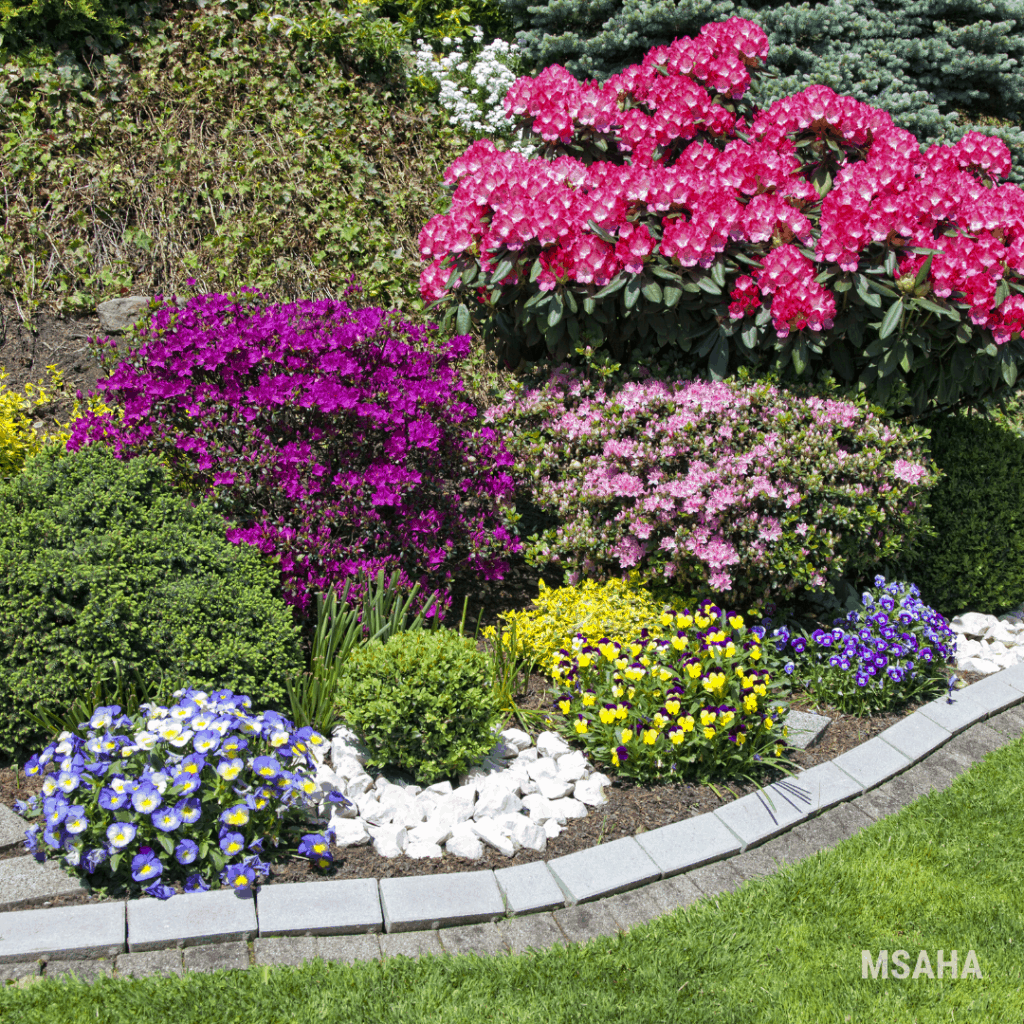
5. Easy Ways to Add a Splash of Color to Your Front Yard
A pop of color instantly enhances curb appeal and makes a home feel more vibrant and welcoming. The easiest way to introduce color is by adding potted flowers, decorative foliage, or bright outdoor furniture.
Budget-Friendly Flowers for Landscaping
| Flower | Best for | Sun Needs | Estimated Cost |
|---|---|---|---|
| Nandina | Year-round color, red foliage in fall | Full sun to partial shade | $10–$25 per plant |
| Loropetalum | Rich purple leaves and pink flowers | Full sun | $15–$30 per plant |
| Astilbe | Lush, feathery pink or white blooms | Partial shade | $5–$15 per plant |
| Sunshine Ligustrum | Bright yellow-green leaves year-round | Full sun | $10–$20 per plant |
Using decorative planters allows for flexibility—you can move the plants around or change them with the seasons for a fresh look.
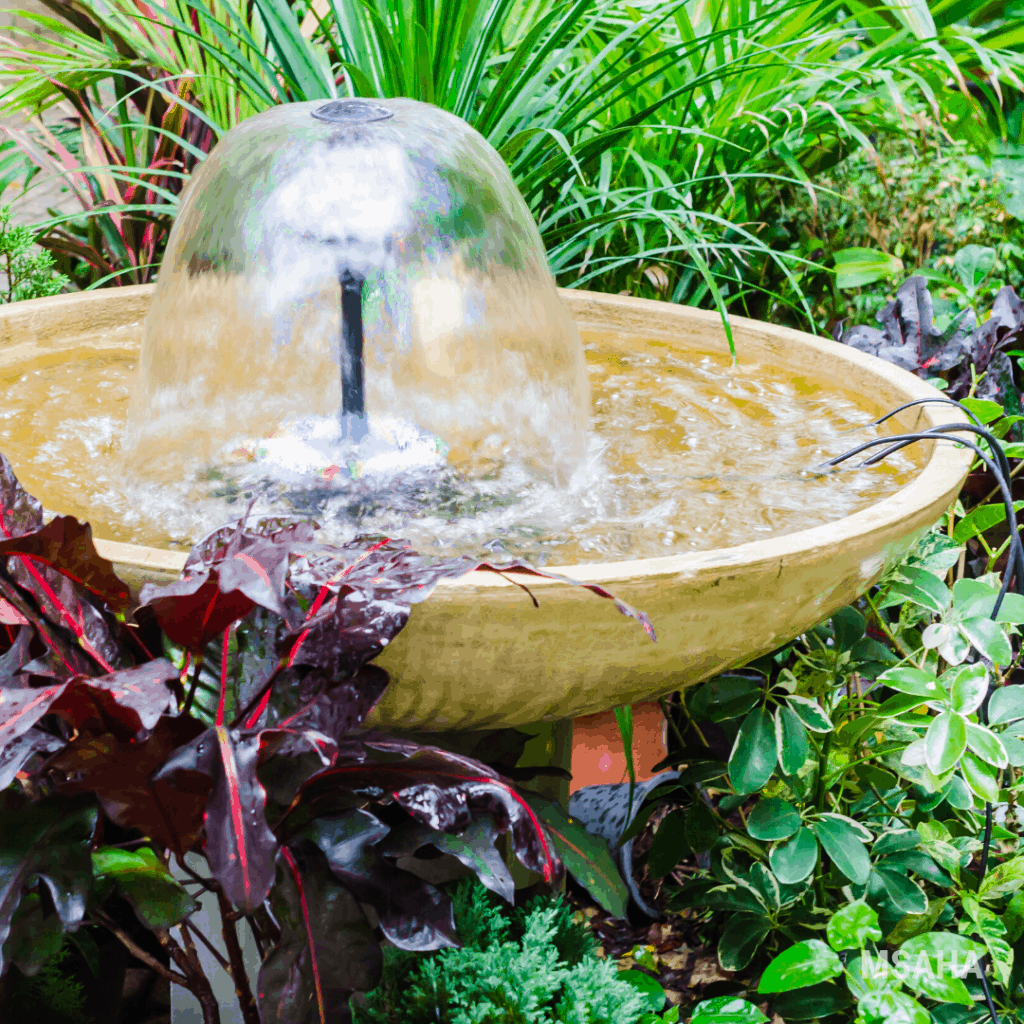
6. DIY Recirculating Fountain for a Relaxing Touch
A recirculating fountain adds elegance and tranquility to the front yard while being surprisingly affordable. DIY fountains can be made from materials like ceramic pots, stacked stones, or even repurposed household items.
Benefits of a Recirculating Fountain
- No plumbing required: Water is continuously recycled using a small pump.
- Enhances curb appeal: The sound of flowing water makes the yard feel calm and inviting.
- Affordable DIY options: A basic setup can be made using a ceramic pot, small pump, and decorative rocks.
💦 Find beautiful recirculating fountains HERE!
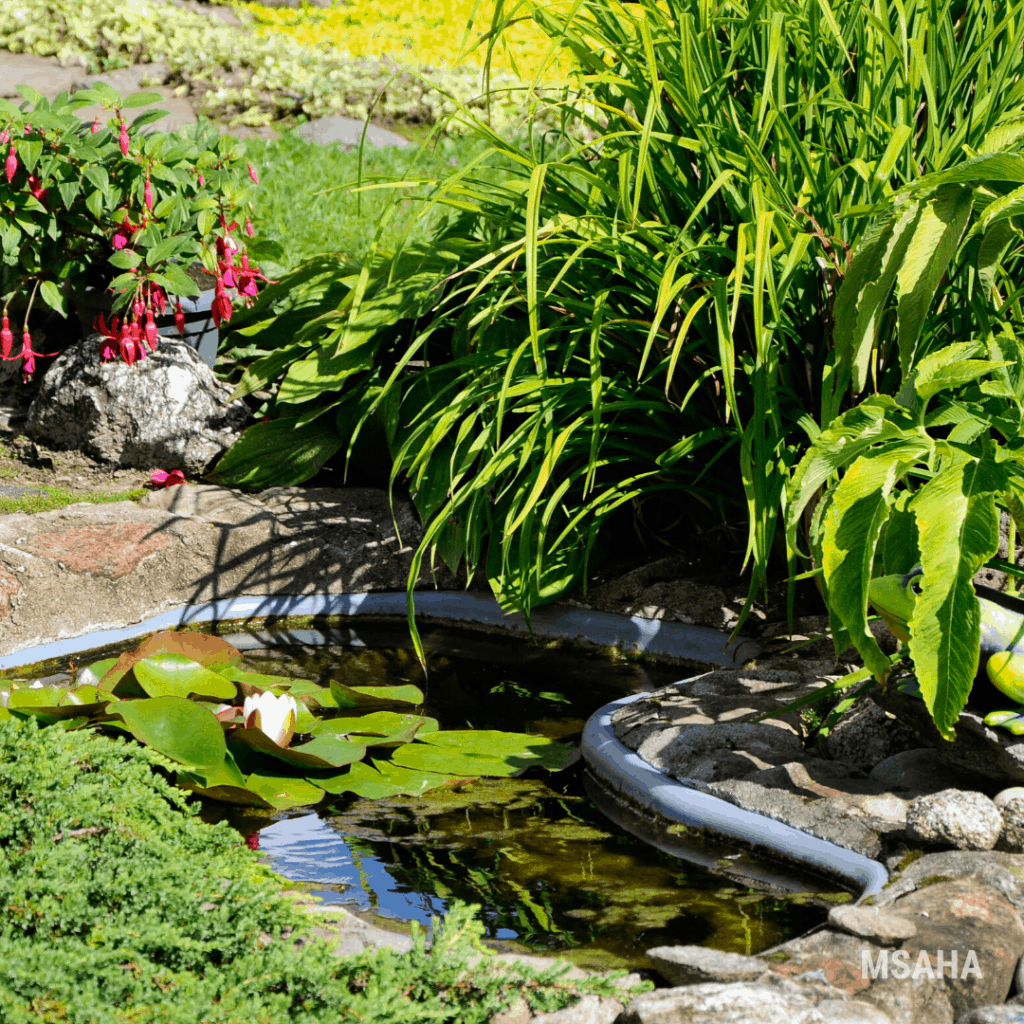
7. Small Garden Pond for a Unique Focal Point
For those who want to create a wow factor, a small DIY pond is a fantastic feature. A garden pond doesn’t need to be large or complicated—simple barrel ponds or container ponds are easy to install and budget-friendly.
Budget-Friendly DIY Pond Ideas
| Pond Type | Estimated Cost | Best Features |
|---|---|---|
| Preformed Pond Liner | $40–$100 | Durable and easy to install |
| Repurposed Barrel Pond | $20–$50 | Rustic and space-saving |
| DIY Container Pond | $10–$40 | Perfect for small yards |
A few well-placed stones and some aquatic plants will make the pond look like a natural part of the landscape.
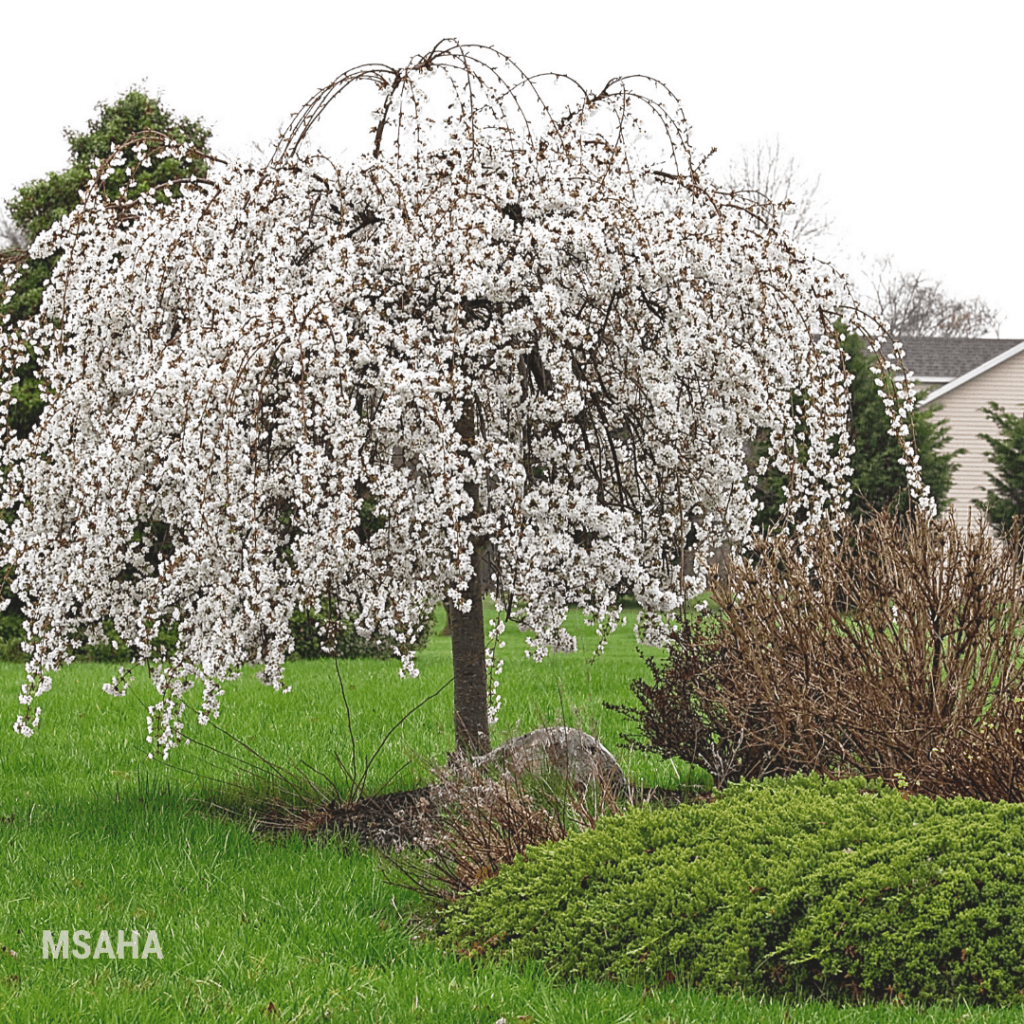
8. Plant Flowering Trees for Year-Round Beauty
Adding flowering trees to your front yard is a simple way to enhance curb appeal while also providing shade, structure, and seasonal color. If you're landscaping for the first time, planting a tree may seem intimidating, but it's actually one of the easiest and most budget-friendly upgrades you can make.
A flowering tree will add gorgeous blossoms in the spring, lush greenery in the summer, and vibrant fall colors, giving your yard a fresh look throughout the year. Plus, trees can increase property value, attract pollinators like bees and butterflies, and even help reduce energy costs by providing shade.
How to Save Money When Planting Flowering Trees
- Buy Small Saplings Instead of Mature Trees – Large trees can cost hundreds of dollars, but small saplings are much more affordable and adapt better to new environments.
- Look for Local Tree Giveaways – Many cities and conservation groups offer free or discounted trees as part of environmental initiatives. Check with local gardening clubs or your county’s extension office.
- Plant in the Right Season – The best time to plant trees is in early spring or fall when temperatures are cooler, reducing stress on the plant and making watering easier.
- Choose Fast-Growing Varieties – If you’re eager to see results quickly, consider fast-growing species like redbud or cherry blossom, which establish roots and bloom within a few years.
- Mulch to Reduce Watering Costs – A 2–3 inch layer of mulch around the base of the tree keeps soil moist and prevents weeds, cutting down on maintenance and water expenses.
Best Budget-Friendly Flowering Trees
| Tree Type | Bloom Season | Size | Estimated Cost |
|---|---|---|---|
| Cherry Blossom | Spring | Medium | $25–$50 per sapling |
| Dogwood | Spring | Small to Medium | $20–$60 per sapling |
| Redbud | Early Spring | Small | $15–$50 per sapling |
Beginner-Friendly Tips for Planting Your First Tree
Stake Only If Necessary – Most young trees don’t need stakes unless they are in a windy area. If staking is needed, remove it after the first year to avoid damaging the trunk.
Pick the Right Spot – Make sure your tree will have enough space to grow and won’t interfere with power lines, sidewalks, or your home's foundation.
Dig a Hole Twice as Wide as the Root Ball – This allows roots to spread easily and anchor the tree securely.
Water Deeply but Infrequently – Instead of watering every day, give your tree a deep soak once or twice a week to encourage strong root growth.
Flowering trees are a great way to bring long-term beauty to a front yard while keeping maintenance and costs low. By choosing an affordable sapling and following simple care steps, it's easy to create a landscape that adds color and character throughout the seasons.
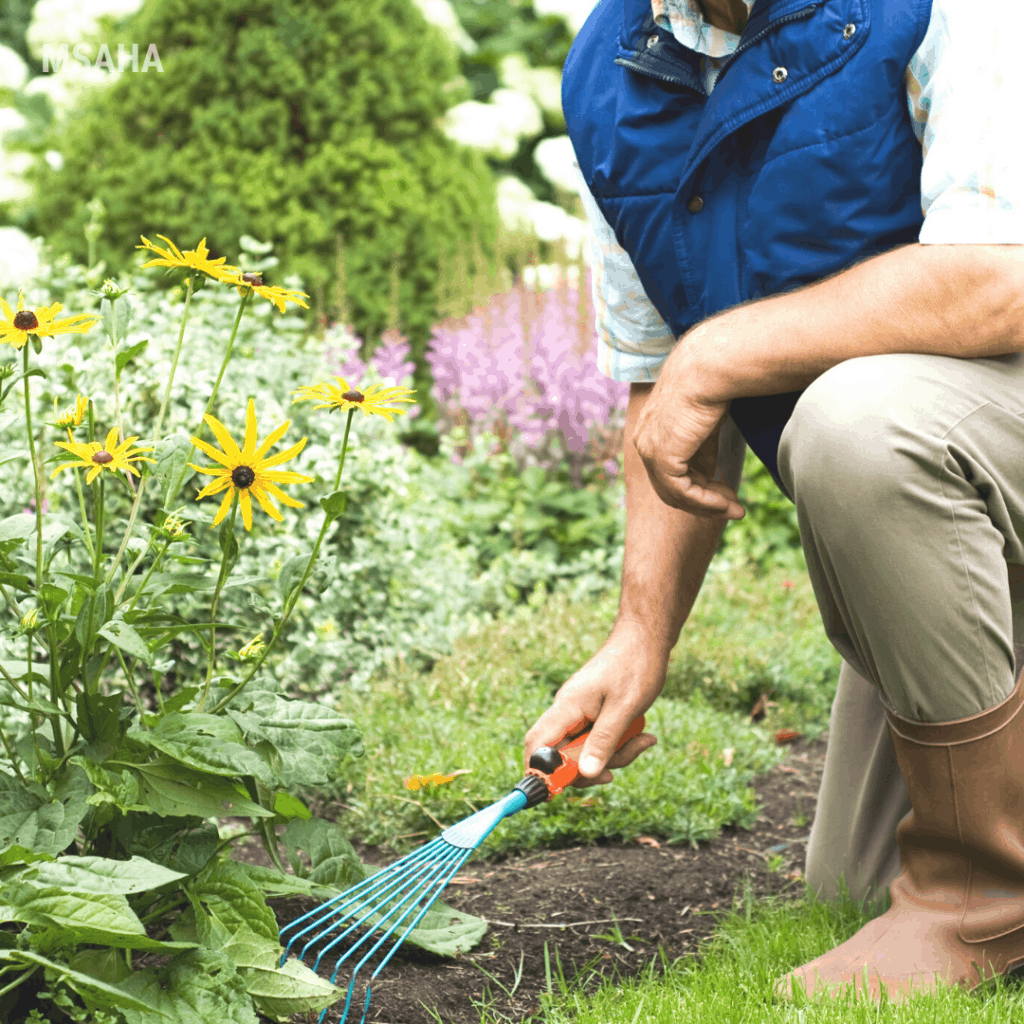
9. Simple Front Yard Makeover Ideas That Make a Big Impact
Refreshing a front yard doesn’t have to mean a complete overhaul. Small, budget-friendly updates can instantly improve curb appeal and make a home feel more inviting. A few simple changes like repainting the front door, updating house numbers, or adding potted plants can give the space a fresh look without requiring major time or expense.
Many of these improvements can be completed in just a weekend, making them perfect for beginners or homeowners looking for affordable, high-impact updates.
Budget-Friendly Front Yard Updates
| Upgrade | How It Improves Curb Appeal | Estimated Cost |
|---|---|---|
| Repaint the Front Door | A bold color makes the entrance stand out. | $20–$50 |
| Update House Numbers | Modern numbers improve visibility and style. | $10–$40 |
| Replace or Paint the Mailbox | Adds a fresh, cohesive look to the front yard. | $15–$60 |
| Use Mulch in Garden Beds | Instantly makes landscaping look cleaner and prevents weeds. | $3–$5 per bag |
| Add a DIY Walkway | Gravel or stepping stones create a charming entrance. | $30–$100 |
How to Save Money on Front Yard Upgrades
- Use Leftover Paint for Small Projects – Instead of buying new cans, use leftover paint from previous projects for the front door, planters, or house numbers.
- Shop Discount Sections at Garden Centers – Many stores sell end-of-season plants, pots, and outdoor decor at a discount.
- Check Habitat for Humanity Restores – These stores often have low-cost building materials, outdoor furniture, and decor that can be used for DIY upgrades.
- DIY Instead of Hiring a Professional – Painting, planting flowers, and laying down mulch are beginner-friendly tasks that save hundreds in labor costs.
- Repurpose Items for Decor – Old wooden crates can become planter boxes, and an unused ladder can be repainted and turned into a decorative plant stand.
Easy Front Yard Improvements for Beginners
- Repaint the Front Door in a Bold Color – A fresh coat of paint in blue, red, or yellow can make a home look brand new.
- Upgrade House Numbers – Modern, oversized house numbers help with visibility and give a contemporary look.
- Add a DIY Walkway with Gravel or Stepping Stones – Instead of paying for expensive pavers, lay pea gravel or stepping stones for an easy, stylish walkway.
- Use Window Boxes for Instant Color – Installing flower boxes under windows is an easy way to add color without planting an entire garden bed.
Even a few small changes can completely transform a front yard while keeping costs low. A fresh coat of paint, updated decor, and a few well-placed plants will help create a welcoming and stylish outdoor space with minimal effort.
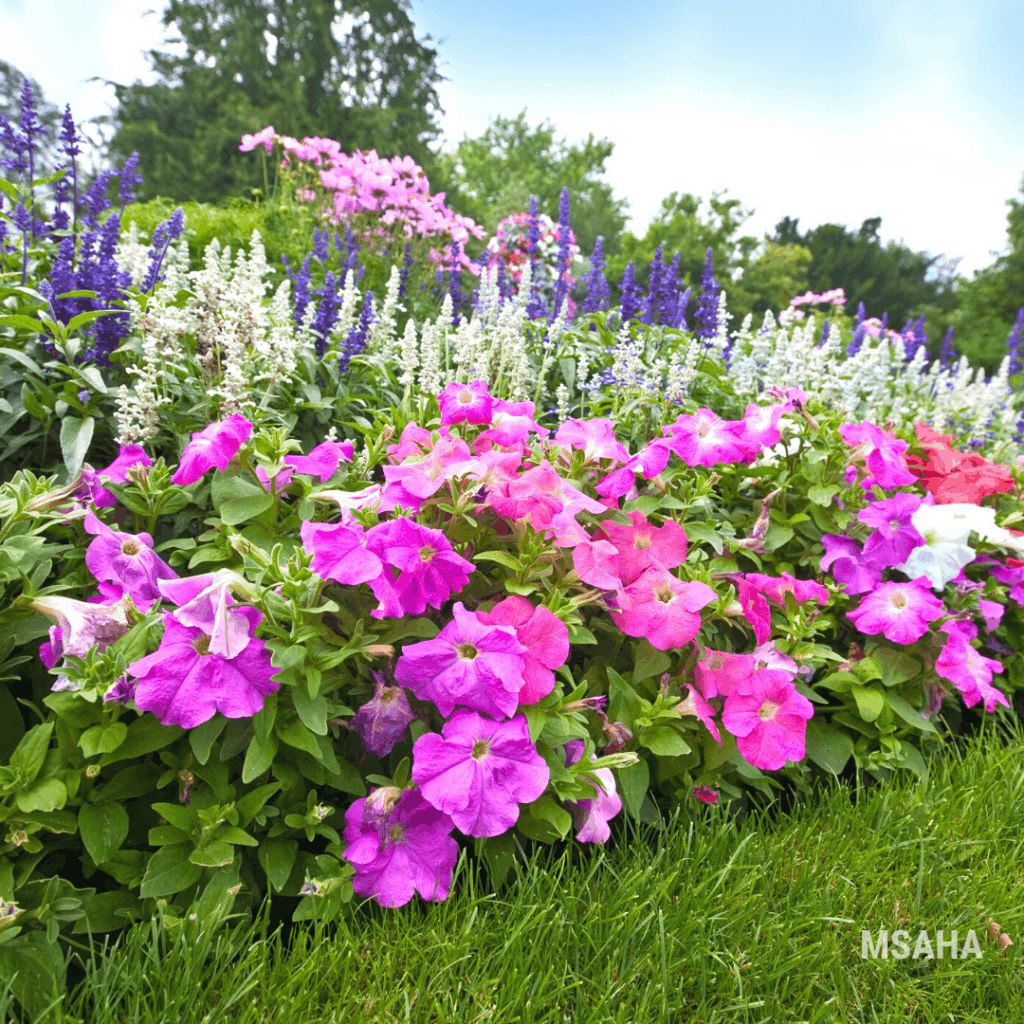
10. Use Perennials for Long-Term Landscaping That Saves Money
Perennials are one of the best investments for a front yard because they come back year after year, reducing the need to buy and replant flowers each season. They provide seasonal color, texture, and structure to a landscape while requiring minimal upkeep.
Unlike annuals, which need to be replanted every spring, perennials continue to grow and spread, making them an affordable and low-maintenance choice for front yard landscaping.
Best Low-Maintenance Perennials for a Budget-Friendly Yard
| Perennial Type | Best Feature | Sun Needs | Estimated Cost |
|---|---|---|---|
| Black-Eyed Susan | Bright yellow blooms all summer | Full sun | $5–$15 per plant |
| Lavender | Fragrant and drought-resistant | Full sun | $10–$25 per plant |
| Hostas | Thrives in shade with lush green leaves | Partial to full shade | $5–$20 per plant |
| Coneflowers | Attracts pollinators and is heat-tolerant | Full sun | $8–$20 per plant |
How to Save Money When Planting Perennials
- Buy Small Plants Instead of Mature Ones – Young perennials cost less and will grow larger within a season or two.
- Divide and Replant – Many perennials like hostas and daylilies can be divided and replanted to fill in more space for free.
- Look for End-of-Season Sales – Garden centers discount perennials in late summer and fall, making it the best time to stock up.
- Swap Plants with Friends or Neighbors – Many perennials grow quickly and can be shared with others to expand gardens without extra cost.
- Use Perennials as Borders or Ground Cover – Instead of buying expensive edging or mulch, plant low-growing perennials like creeping thyme to create natural and long-lasting borders.
Beginner-Friendly Tips for Growing Perennials
- Choose the Right Location – Make sure to match the plant’s sun and shade needs with the correct area of the yard.
- Amend the Soil Before Planting – Mixing in compost or organic matter helps perennials grow stronger with less fertilizer.
- Water Well During the First Year – Once established, perennials need less water than annual flowers, but they should be watered regularly in their first growing season.
- Cut Back in the Fall for Healthier Growth – Many perennials benefit from trimming in late fall to promote fresh, full growth the next year.
Planting perennials is an easy and affordable way to create a front yard that looks full, colorful, and well-maintained year after year. With the right mix of sun-loving, shade-tolerant, and drought-resistant perennials, it’s possible to build a beautiful landscape while saving money on replanting costs.
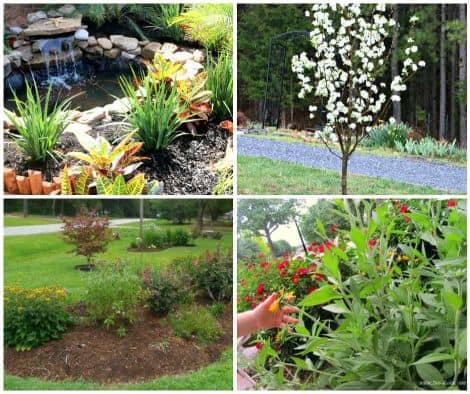
Creating a beautiful outdoor space doesn’t have to be expensive or complicated. With the right front yard landscaping ideas, it's possible to enhance curb appeal while staying within budget. Simple updates like adding flower bed edging, outdoor lighting, and budget-friendly plants can make a big impact without requiring professional help.
Choosing low-maintenance options such as perennials, succulents, and flowering trees ensures that the yard stays vibrant year after year with minimal upkeep. Small decorative touches, like a DIY fountain or a freshly painted front door, can add charm and personality without a large investment.
By focusing on affordable and beginner-friendly front yard landscaping ideas, anyone can create a welcoming and polished outdoor space. With a little planning and creativity, a stunning front yard is within reach, no matter the budget.
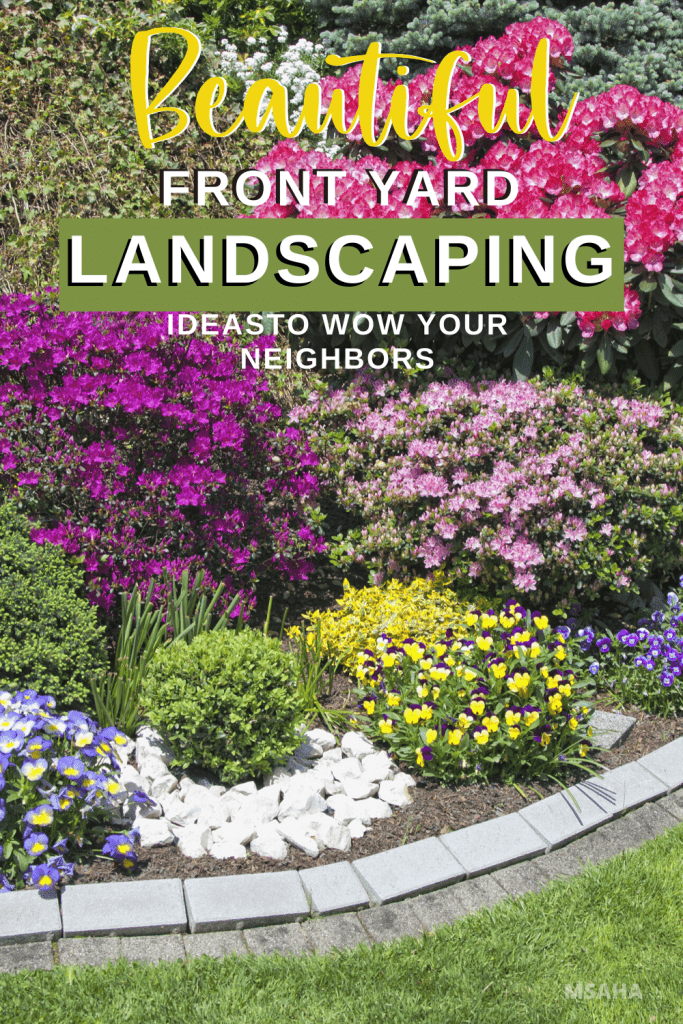

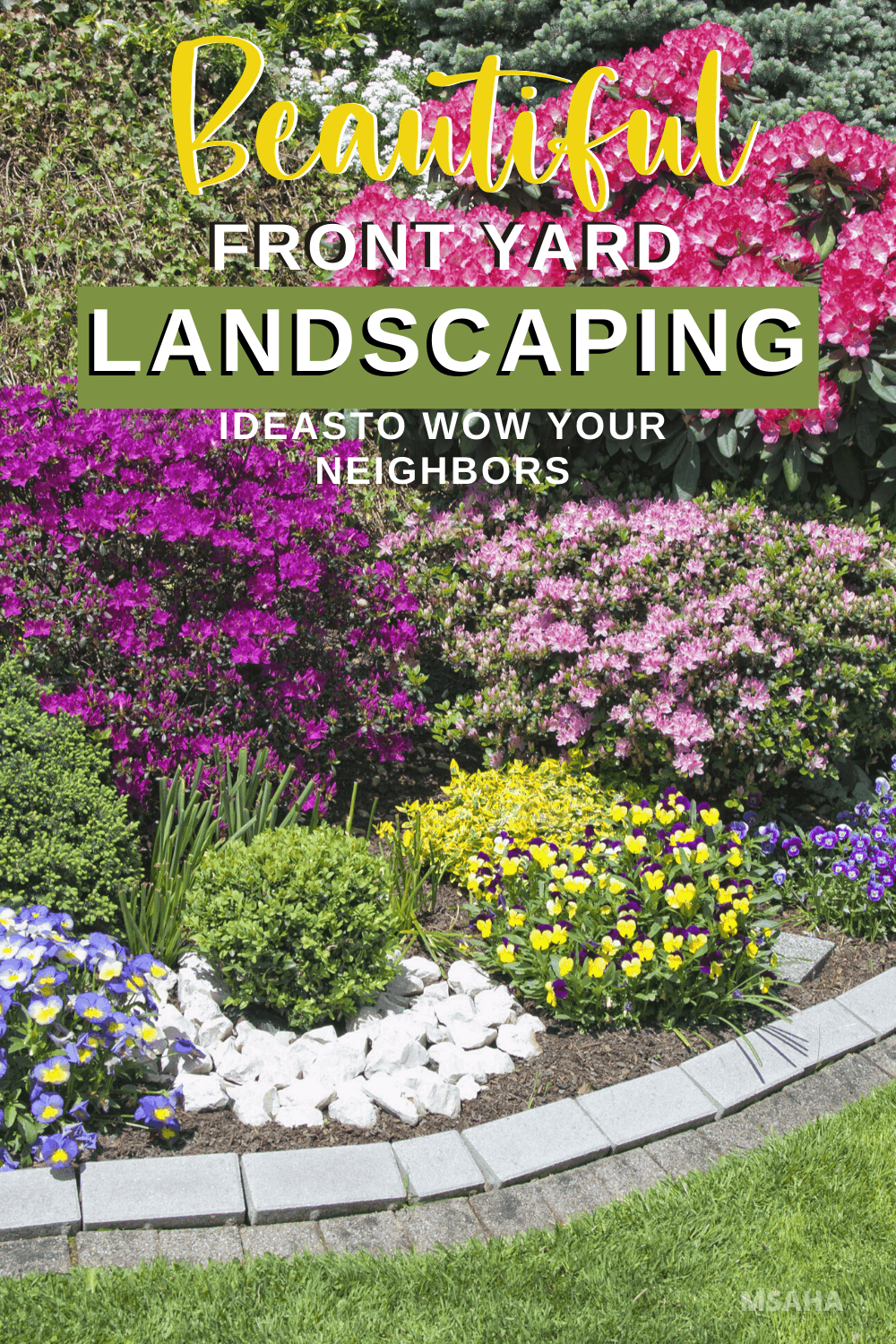
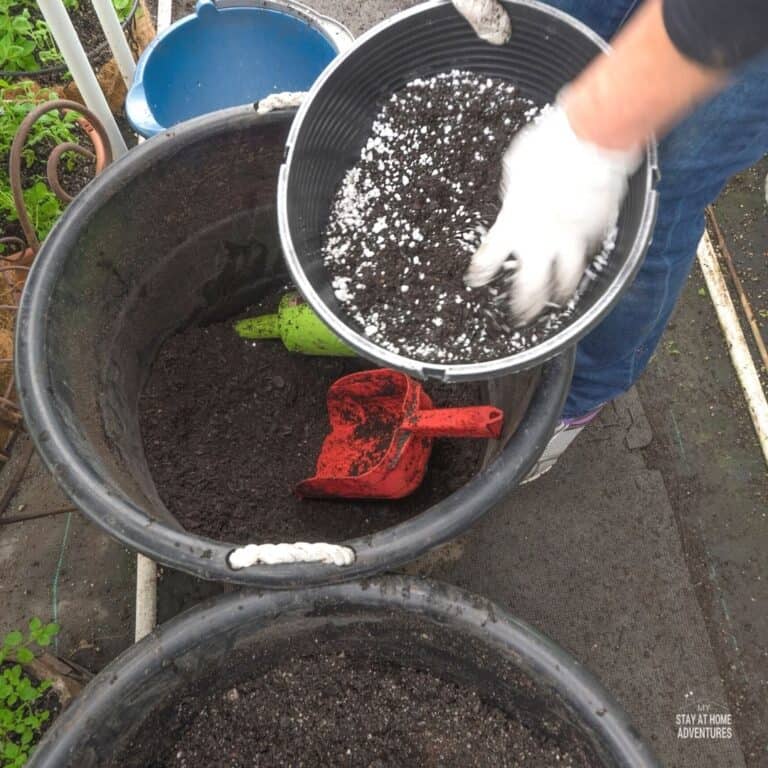

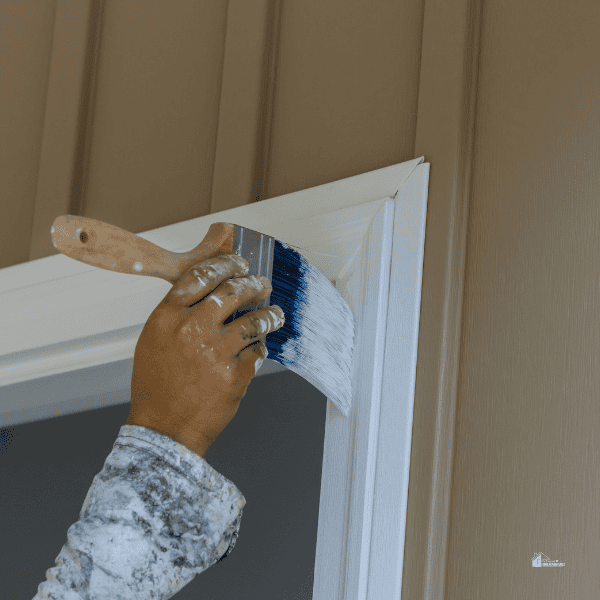
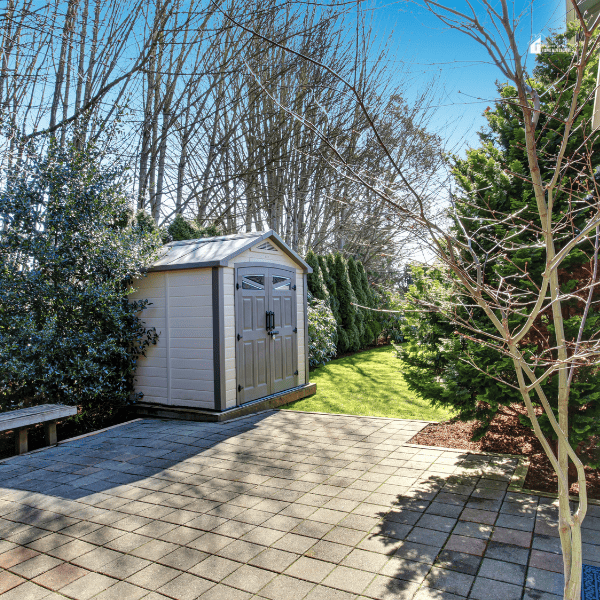
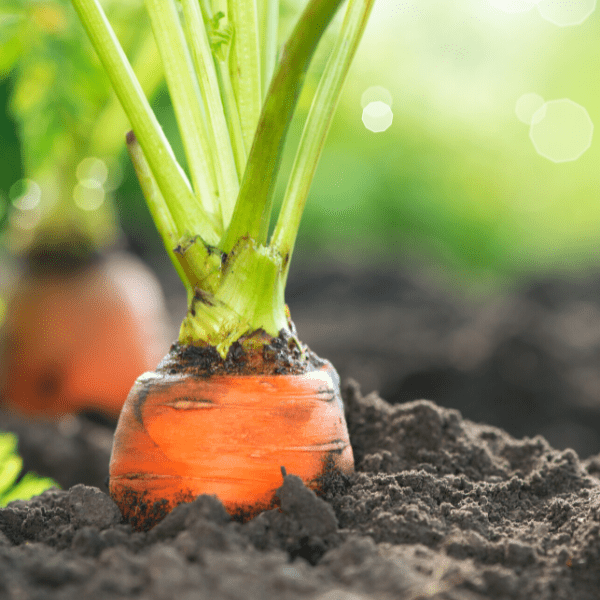
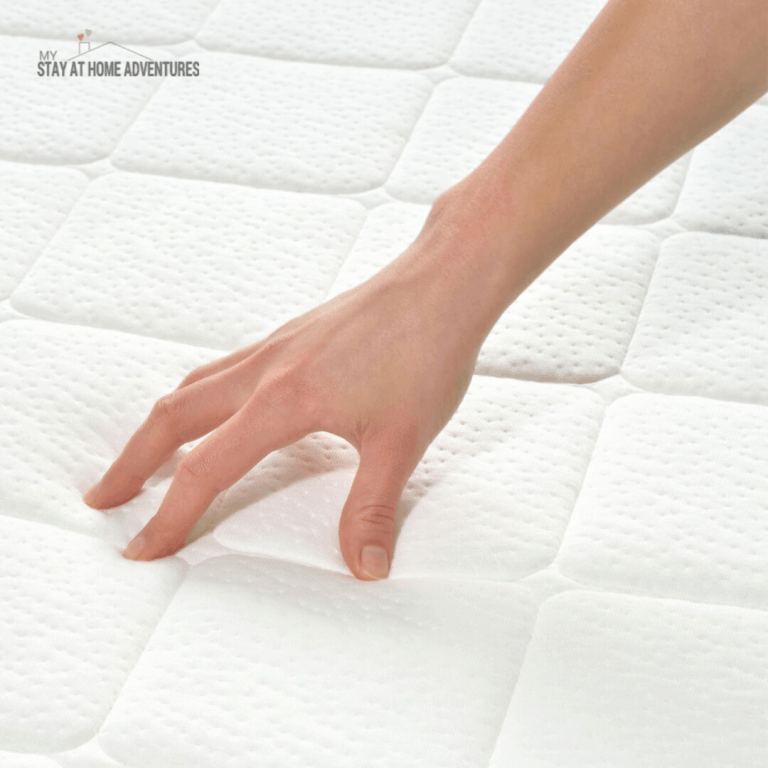
These are great suggestions. We just installed a new garage door on our home in Northern Utah and are looking for ways to really accentuate it. These tips will surely be of grand use! Many thanks!